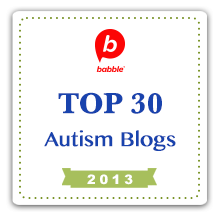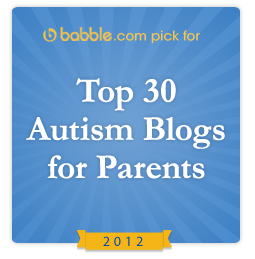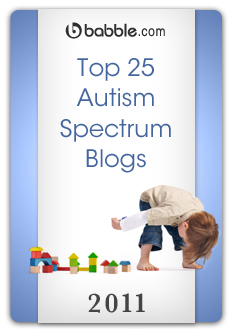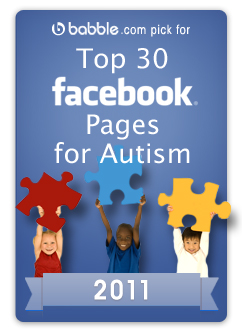Increased de novo copy number variants in the offspring of older males
Source: http://www.nature.com/tp/journal/v1/n8/pdf/tp201130a.pdf
Abstract
The offspring of older fathers have an increased risk of neurodevelopmental disorders, such as schizophrenia and autism. In light of the evidence implicating copy number variants (CNVs) with schizophrenia and autism, we used a mouse model to explore the hypothesis that the offspring of older males have an increased risk of de novo CNVs. C57BL/6J sires that were 3- and 12–16-months old were mated with 3-month-old dams to create control offspring and offspring of old sires, respectively. Applying genome-wide microarray screening technology, 7 distinct CNVs were identified in a set of 12 offspring and their parents. Competitive quantitative PCR confirmed these CNVs in the original set and also established their frequency in an independent set of 77 offspring and their parents. On the basis of the combined samples, six de novo CNVs were detected in the offspring of older sires, whereas none were detected in the control group. Two of the CNVs were associated with behavioral and/or neuroanatomical phenotypic features. One of the de novo CNVs involvedAuts2 (autism susceptibility candidate 2), and other CNVs included genes linked to schizophrenia, autism and brain development. This is the first experimental demonstration that the offspring of older males have an increased risk of de novo CNVs. Our results support the hypothesis that the offspring of older fathers have an increased risk of neurodevelopmental disorders such as schizophrenia and autism by generation of de novo CNVs in the male germline.
Translation
To begin with, “de novo” is latin, it means new, or “in the beginning”.
Also, CNVs or “Copy Number Variants” refers to the strands of DNA, the stuff that makes us us. Sometimes there are “variants” which puts things out of sync, thus adding to “anomalies” or “errors” in our genetic code. Sometimes something is copied when it shouldn’t be, or is missing when it should be there.
So to translate “de novo copy number variants“, what they are talking about is new anomalies in a person’s DNA.
Traditionally, DNA is largely inherited from the parents.. a person will inherit eye color, hair color, skin color and more from their parents. This is present in the DNA.
However, there is also new elements to the DNA which is not inherited… these are “de novo“.
Ok so now that we know that, to continue, this article is discussing the likelihood that Autism could occur despite the family history showing no signs of Autism in the past.
To accomplish this, they took mice of varying ages, 3 months and 12-16 months and compared their offspring.
They found that there were 7 different CNVs among the offspring where it was already present in previous generations, meaning it was inherited.
However, they also found 6 new CNVs among the offspring that had older parents… and 0 new CNVs among the parents of the younger mice.
This would indicate that brand new CNVs can arise if the father is older… creating a new line of Autistic family future possibilities.
My opinion
This is simply my opinion of the story, stop reading if you do not want opinions and are happy just having read the details of the original study itself.
First of all, these are mice. Mice do not have Autism. However, one can’t dismiss the findings especially in light of other recent findings in genetics and DNA, in terms of Autism.
If true, this could help to explain why a child could have Autism despite being unable to find any history of it in the family tree.
Not all CNVs are harmful which means that while there could have been differences, and sometimes those differences are associated with Autism or even Schizophrenia, there’s no evidence that those differences would definitively cause Autism. Some may, some may not.
Like most studies, while they did find some CNVs in some mice, not all of the offspring showed these results. Meaning that just because you’re an older father, there’s no reason to think that your child will definitely be born with Autism.
“Autism Study of the Month”
The purpose of the Autism Study of the Month series is to provide unpolluted (by the media) information about the studies released at least once a month in the study of possible Autism causes or risks.
You will find links to the actual studies, get to read the “abstract” of the study and, when possible, get the PR release from the source.
When it comes to science, let’s leave the media out of it.










